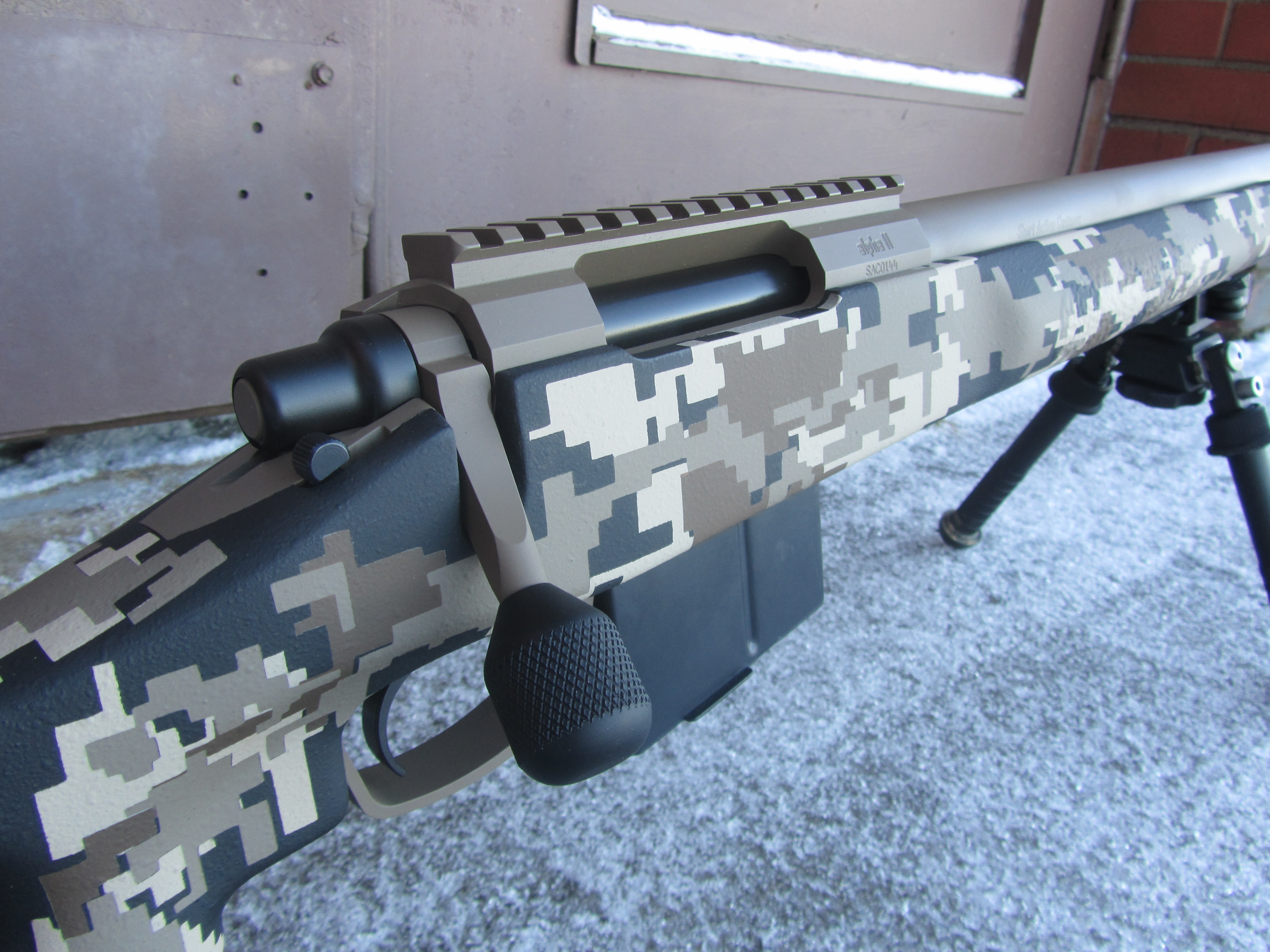Old School Rifles that are Still a Favorite for Hunters
Guns are much more than guns to die-hard hunting folks. Sometimes they help define the love of a family as grandfather passes their guns from one generation to the next. And, more often than not, the gun that is cherished the most as a symbol of tradition and collective wisdom is the “humble deer rifle”.
The following hunting rifles are no longer in production yet still find their way to the the hands of hunters who value both tradition and well-design sporting arms. Maybe this is what the younger generation rifle lacks.
- Savage 99

Savage’s Model 99, preceded by the 1895, was the first hammerless lever-action rifle in mass production. The reliability, accuracy, and appearance of the 99 have made it both a classic and a practical gun for hunters.
Well ahead of its time, the internal rotary magazine and brass round counter defined the rifle and allowed use of both higher powered rounds and also the pointed bullets that tubular lever rifles could not. - Winchester 54

Winchester’s Model 54 is regarded as the company’s first mass production civilian bolt action center fire rifle. Though the two-stage trigger pull wasn’t the greatest, its Mauser action was incredibly reliable.
Produced from the mid-1920s until 1936, over 50,000 Model 54s came off the line.
The Winchester 54’s particular value here is as the predecessor to the even more beloved Model 70, which would top this list were it not in current production. Because the Model 54 was made in the era of iron-sighting, its bolt throw is too high to allow for simple scope mounting. Regardless of its short coming, the build quality of these bolt guns has kept them in the field all these years, passed down from one generation to the next. - Remington Model 8 or 81

The powerful semi-automatic was introduced as the Model 8 in 1911, a John Moses Browning brainchild using the same long-stroke spring-recoiling design as his Auto-5 shotgun.
The Model 8’s jacketed barrel is the defining feature, as is the five-round integral box magazine that could be filled by military-style stripper clips. Original chamberings included 35 Rem, 30 Rem, 32 Rem, and 25 Rem, marketed as much more powerful than the then-common 30-30. By 1936, Remington learned they could make the same gun cheaper but with a stouter wrist and for end, and the Model 81 took over. - Winchester 88

This one was really a toss-up between the lever-run 88 and the semi-automatic Winchester 100. Both guns were available in rifle and carbine lengths and still account for a consistent take of whitetails each year.
The hammerless Winchester 88 was introduced in 1955 as a .308. Within a few years, 243, 284, and 358 chamberings were added, though all rounds were short action, albeit high power. The gun operated a three-lug rotating bolt, short throw lever, and four-round detachable magazine.
They came standard with iron sights but were drilled and tapped for scope mounting. Long known as a harder-recoil gun than others, the Winchester 88 still rightly remains a beloved rifle that, hunter carry today. - Remington 760/7600

The Model 760 and 7600 GameMaster slide-action centerfire rifles date back to 1952. They featured a rotary, front locking bolt run by simple yet sturdy dual action bars.
Fed by detachable box magazines and offered in both rifle and carbine length in many stock options and the necessary deer calibers — 243, 308, 270, 30-06 — the rifle is well balanced and still remains one of the most commonly encountered deer rifles out there.
While the 760/7600 triggers were not great, reliability was above the norm. All of the 7600s came with iron sights but were also drilled & tapped for scope mounting. While many hunters still tote the 740/7400 semi-auto versions, the reliability and lasting power of those receivers is awful.




Sources: Wikipedia, Kristin Alberts




